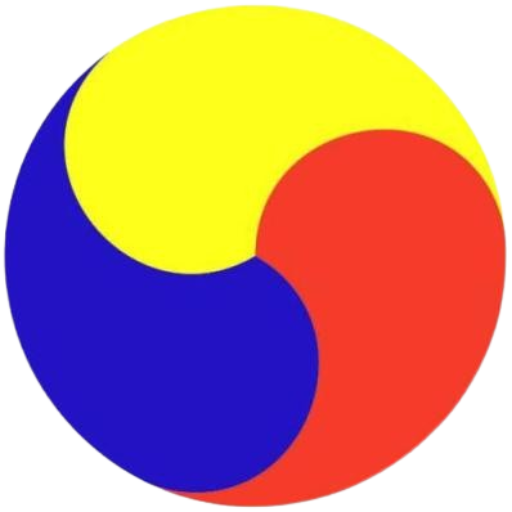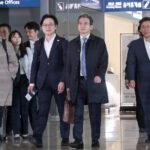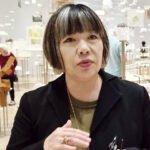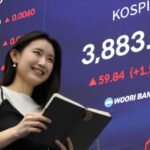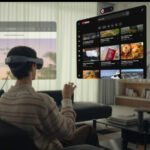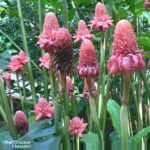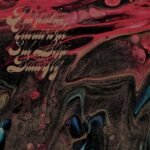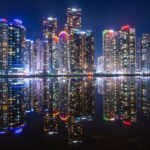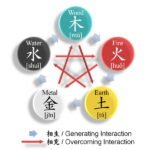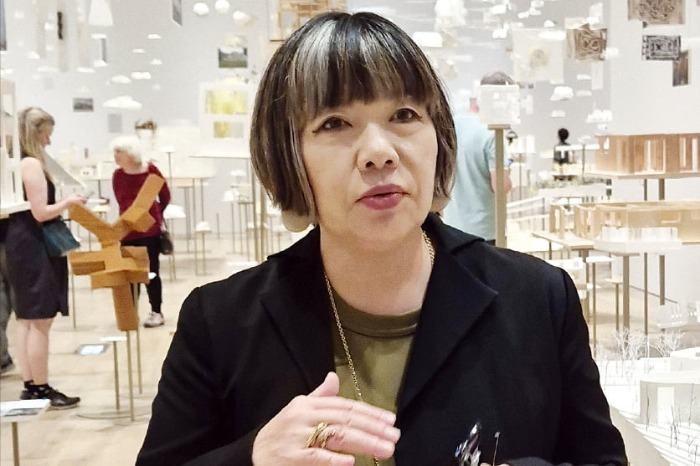
Under the neon canopy of Tokyo’s Roppongi Hills Arena, a crowd gathered late into the night, drawn by a sense of discovery.
Some came to see Kim Ayoung’s video installation – a Korean contemporary artist reshaping fine art through digital language. Others were drawn to Kang Jaewon’s balloon sculptures or Im Jibin’s kinetic Bear Balloon, a public art piece that transforms whimsy into commentary on urban life.
It was the opening of Roppongi Art Night 2025, one of Japan’s most influential art festivals, and for the first time since its founding in 2009, the spotlight was on Korean artists.
The annual event, organized by the Mori Art Museum and other Tokyo institutions, has become a laboratory for Asia’s most adventurous artists.
This year’s theme carried added weight – the 60th anniversary of diplomatic normalization between Japan and South Korea.
For Mami Kataoka, director of the Mori Art Museum and chair of Roppongi Art Night’s executive committee, focusing on Korean artists was more than a curatorial decision.
It was, she said, an act of dialogue. She wanted Japanese audiences to see “the extraordinary energy and imagination of Korean artists who are now shaping the global art conversation.”
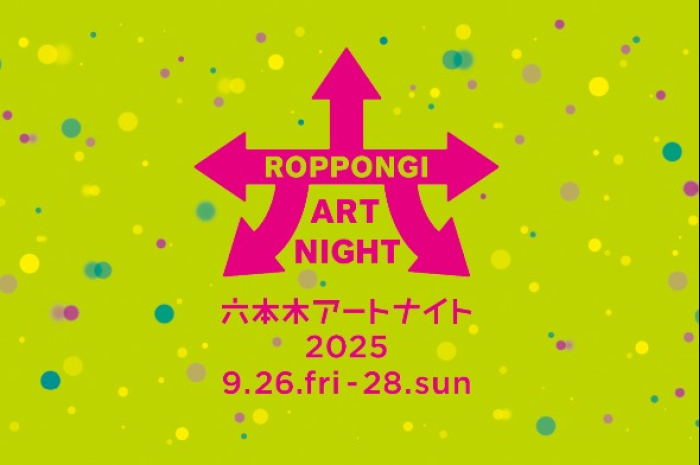
A CURATOR BRIDGING TWO WORLDS
Kataoka has spent her career connecting cultures through contemporary art.
A former researcher at Japan’s NLI Research Institute and senior curator at the Tokyo Opera City Art Gallery, she joined the Mori Art Museum in 2003, eventually becoming its director in 2020.
She has also served as artistic director of numerous international art fairs, including the Gwangju Biennale in 2012, the Sydney Biennale in 2018 and board member of the International Committee for Museums of Modern Art.
Her ties to Korea run deep. She first visited Seoul around 2000, when she met Kim Sunjung, now head of the Art Sonje Center in Seoul, and later collaborated with Korean artists in the “Under Construction” exhibition series.
Over time, she became a familiar face at Korea’s major art events, from Kiaf to Frieze Seoul, attending again last month.
“The Seoul art scene has become a global hub,” she noted, reflecting on how the arrival of Frieze has transformed the city into an autumn magnet for collectors and curators. “Now, September means Seoul.”
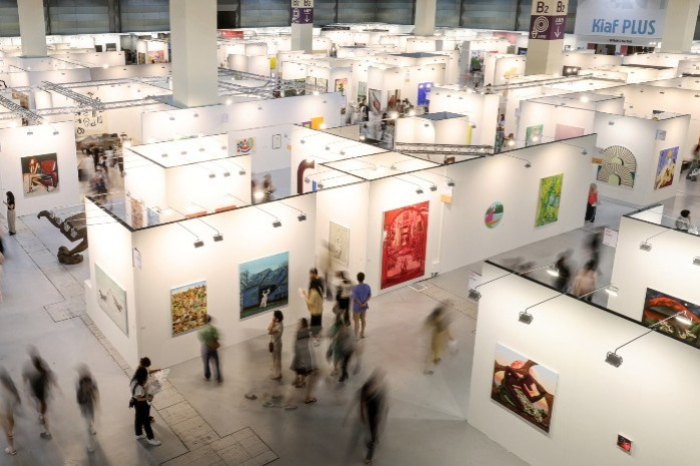
KOREAN ART’S THIRD PATH
To Kataoka, Korea’s rise in contemporary art didn’t happen by chance.
She described it as the result of a creative balancing act between modernism and tradition, as well as between global influence and local identity.
From the internationally recognized works of Kim Sooja, Suh Do Ho and Lee Bul to the conceptual minimalism of Yang Haegue, she saw a generation of artists who have defined what she calls a “third direction” – neither Western modernism nor traditionalist revival, but something distinctively Korean in the 1990s.
“Over the past three decades, Korea has produced artists who think globally but create locally,” she said.
THE MEANING OF ART EXCHANGE
As Japan and Korea navigate a long and often difficult history, Kataoka believes art can serve as a bridge toward mutual understanding.
When younger generations learn about each other’s contemporary art, she said, they will begin to see shared human experiences rather than political boundaries.
“Art allows us to encounter different perspectives,” she explained. “It deepens empathy and reminds us that, beyond nationality, we are part of the same human story.”

That spirit underpinned this year’s Roppongi Art Night, where installations by young Korean artists transformed Tokyo’s cityscape into a dialogue of color and sound.
Art exchanges, Kataoka said, are essential for Asia’s cultural future. “Through art, we can overcome old divides and imagine what comes next together.”
BUILDING A SUSTAINABLE ART ECOSYSTEM
Kataoka also emphasized the importance of continuity and vision.
In her view, frequent leadership changes at public museums can interrupt the long-term development of cultural institutions in Korea. Art policy, she argued, should be treated as a ten-year investment, not a short-term program.
She pointed to Korean companies such as Hyundai Motor Group and LG Group, which have backed global art initiatives like the Hyundai Tate Research Centre and the LG Guggenheim Award, as examples of private-sector commitment that helps sustain art beyond government cycles.
Kataoka said such corporate engagement should extend beyond sponsorship, adding that it should focus on building a shared legacy that supports artists and enriches society for the long term.
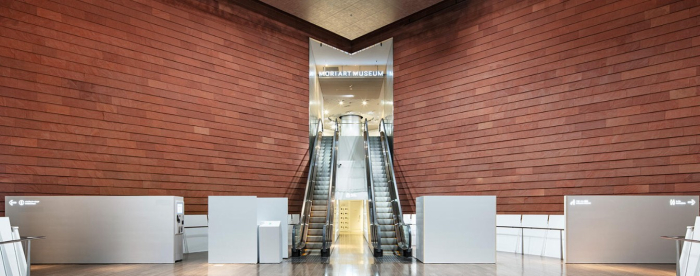
ART WITHOUT BORDERS
The Mori Art Museum, perched on the 53rd floor of Roppongi Hills’ Mori Tower, is often called “the museum closest to the sky.”
From there, Kataoka looks beyond Tokyo’s skyline toward a broader horizon, one that spans Seoul, Busan and beyond.
Her vision for the museum is to showcase the world’s present and modernity – art that mirrors the political and social movements shaping our time.
“We want (Mori Art Museum) visitors to see how the world moves, from the heart of Roppongi,” Kataoka said.
As Roppongi Art Night 2025 illuminated Tokyo with the imagination of young Korean artists, it symbolized something more enduring – a reminder that art, at its best, transcends history, language and borders.
By Il-Gue Kim
black0419@hankyung.com
Sookyung Seo edited this article.
